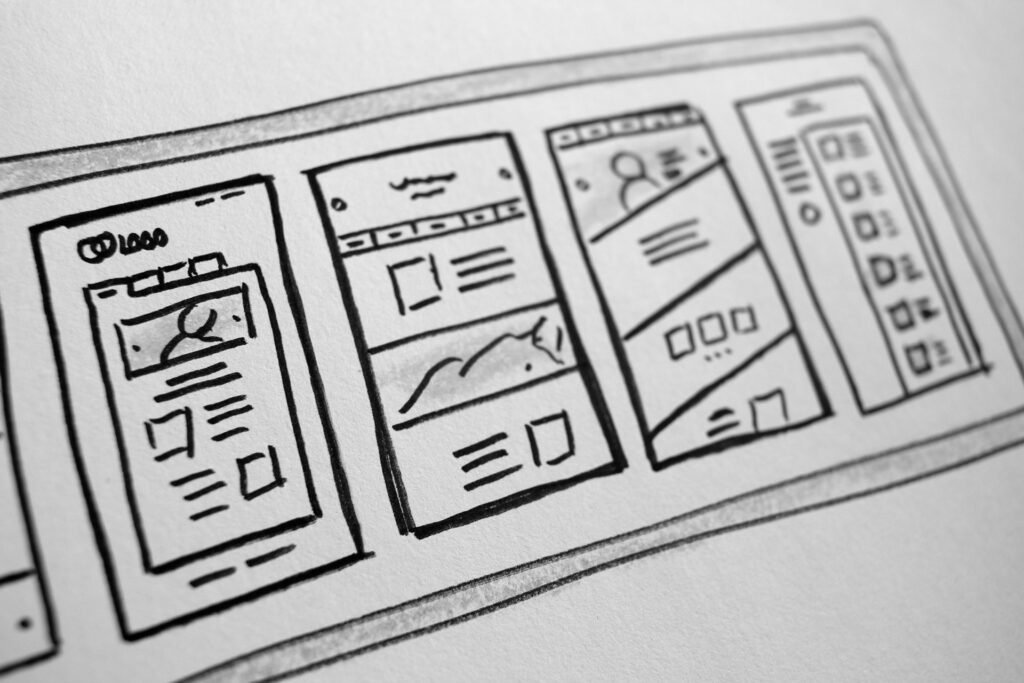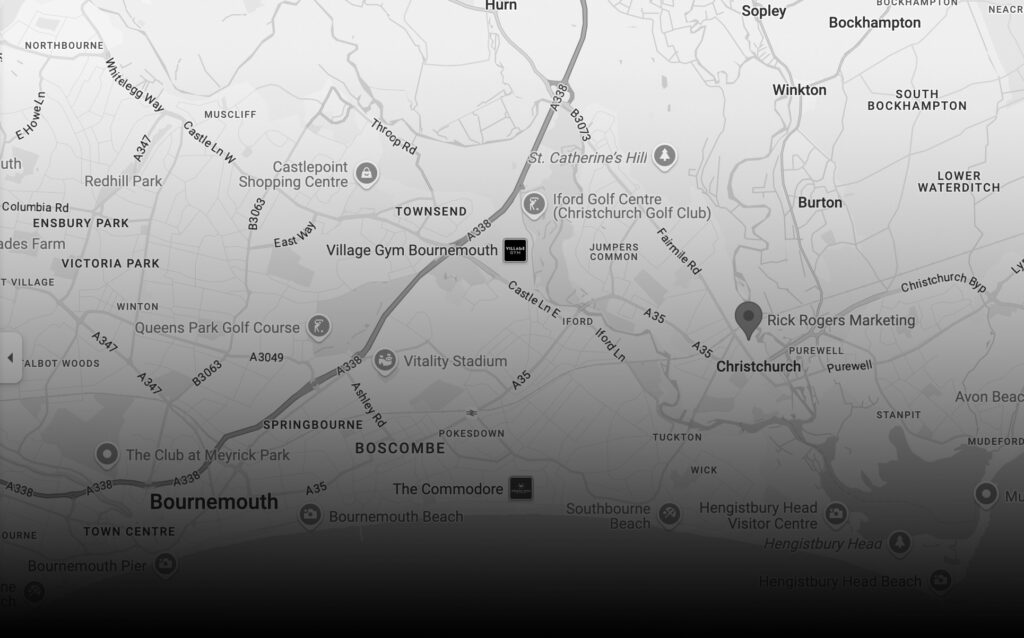In a world dominated by digital everything – social media, email marketing, SEO and online ads – it’s easy to think print is dead. But here’s the truth: traditional print media isn’t obsolete. In fact, when used strategically, it can be a powerful part of your marketing mix.
As a marketing consultant, I often get asked: “Is print even worth it anymore?” My answer? Yes – but only when it’s done right and as part of a wider digital strategy.
Let’s explore why traditional print media still deserves to be part of your marketing mix – and how it can help your brand stand out in a crowded, fast-paced digital world.
1. Print breaks through the digital noise
Think about how many emails, notifications and ads you scroll past every single day. Now contrast that with holding a beautifully designed postcard, brochure or magazine in your hands. It’s tactile. It’s real. And it gets noticed.
Print engages more senses, which helps increase recall and emotional connection – two key ingredients in successful marketing.
2. Tangible = trustworthy
There’s a certain credibility that comes with print. A thoughtfully crafted mailer, flyer or catalog can build brand trust in ways a pop-up ad just can’t.
Studies show that consumers still perceive print materials as more authoritative and reliable – especially in industries like property, healthcare, finance and local services.
3. It reaches people where digital can’t
Not everyone lives online. Depending on your audience, digital might not be enough.
- Older demographics may prefer print
- Local customers respond well to mailers, door hangers or event flyers
- Direct mail has a high open and engagement rate – because people actually check their physical mail
- Print can reach people at home, at events, in waiting rooms or at local shops – places where digital can’t always follow.
4. Print boosts your brand’s credibility and image
Well-designed print materials – like business cards, brochures, menus or product packaging – don’t just inform. They reinforce your brand identity.
When everything looks consistent across digital and print, your brand appears polished, professional and trustworthy.
5. It complements digital (it doesn’t compete with it)
The smartest marketers don’t choose between digital and print – they combine them. A great marketing plan uses multiple touchpoints to build familiarity, trust and action.
For example:
- A postcard promoting your website or social channels
- A printed brochure that leads into a personalized email campaign
- A QR code on a print ad that links to a digital discount or landing page
This integrated approach makes your message stick. People rarely convert after justone exposure – it takes multiple touches to move them from awareness to action.
6. Print can be highly targeted and trackable
Thanks to modern tools, you can now target print campaigns with almost the same precision as digital. Think:
- Geo-targeted mailers to specific postcodes
- Personalised print-on-demand materials
- QR codes and custom phone numbers to track response rates
That means measurable ROI—something that used to be a pain point with print.
So… should print still be in your marketing mix?
Absolutely. Especially when:
- You’re trying to reach local customers
- You want to stand out from the digital noise
- You’re targeting demographics who respond well to tangible media
- You want to create a full-funnel experience across multiple channels
Print media isn’t dead – it’s evolving. When used alongside digital tools, traditional print can amplify your brand, deepen engagement and drive real-world results.
I do confess to have a slight bias here, being the art editor for Televisual, a quarterly “printed” magazine. But everything I say above still stands. Want to discuss how to bring some traditional print into your marketing plans? Give me a call.












